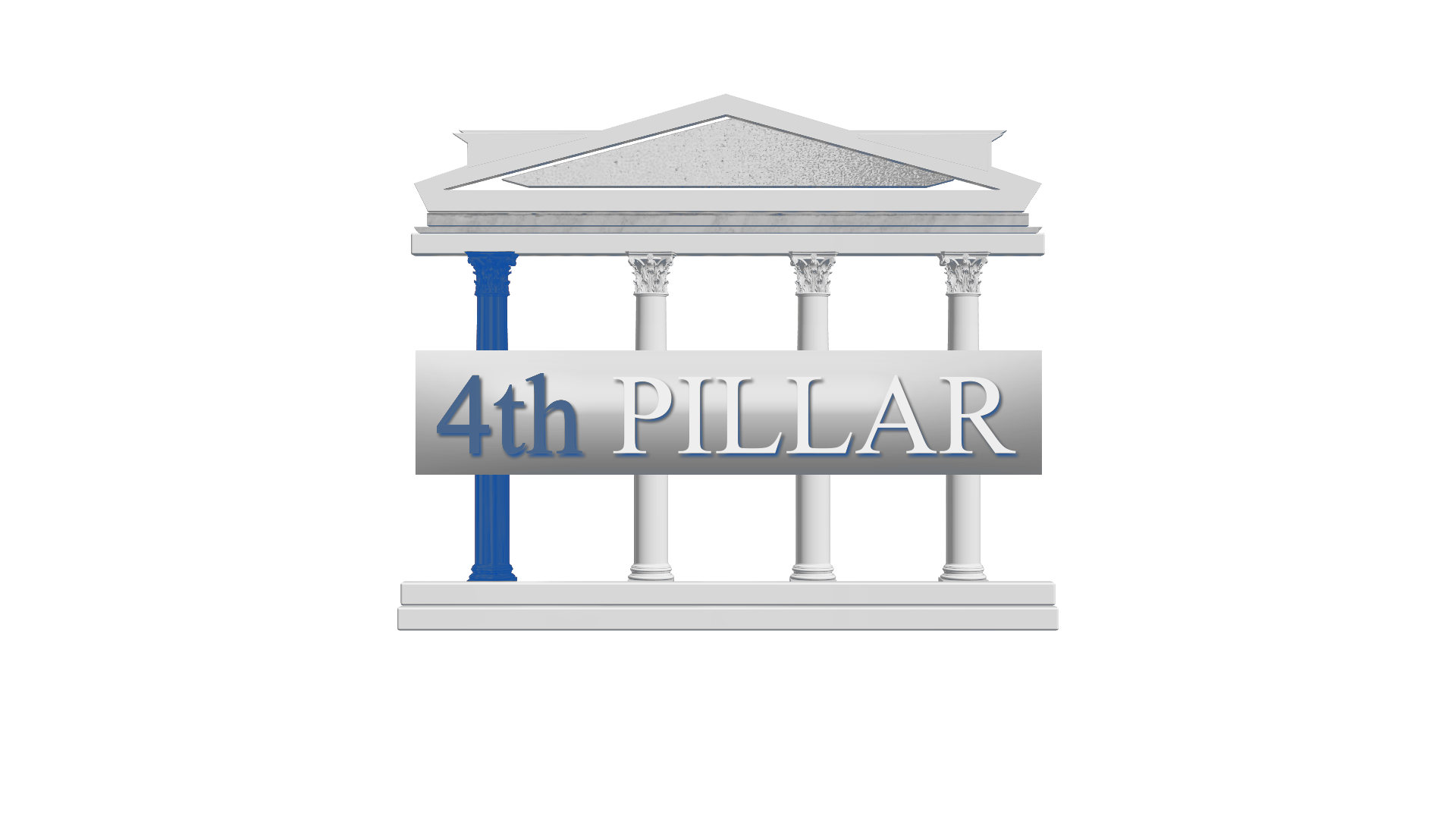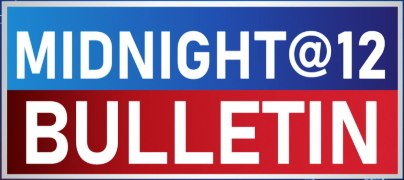An essay is, by definition, a lengthy written piece that present the author’s standpoint, but the exact definition is sometimes vague, encompassing those of a poem, a report, an guide, pamphlet, and even a brief story. Essays normally are sub-divided into formal and casual. Formal essays are normally structured in precisely the same manner that academic texts are, with particular sections being academic, study, interpretation, and assessment. On the other hand, casual essays have been composed as they are seen in conversation. They may be academic, but they are generally not structured as such.
Essays, unlike stories, don’t have a start, middle, or ending; rather, they have a beginning, middle, and a conclusion, which might not have multiple pieces. The most important part of any essay is your conclusion, also known as the concluding paragraph. This is the place essayswriting.org company where the author of this article generally introduces their argument(s) in support of their views, and it might not include specific reference to the main topic(s). In the case of narrative writing, the main character makes a cameo appearance at the end of the novel. In essays, the character who is the focus of the essay’s narrative usually produces a brief cameo through the finish of the essay.
There are an assortment of ways to structure essays, depending on the intended audience. Generally, nevertheless, essays must have one authoritative purpose: to convince the reader to choose a specific stance or comment about a particular topic, idea, issue, or subject. The essay maps function as tool for accomplishing this task. They organize the article and supply a framework for laying out the article’s various arguments and supporting evidence.
In story essays, the essay maps generally follow a logical sequence. The start of the essay uses a query to engage the reader. Each succeeding argument builds upon the very first in a logical manner. The end of the essay basically concludes the narrative of this argument and is designed to create a final point.
An instance of an argumentative essay follows the same format. The topic is briefly introduced, and also the author contends with some kind of necessity, flaw, or opinion. After developing their argument, they support their position using examples, anecdotes, etc.. The essay conclusion includes a thesis statement that is a strong claim about what is being argued, typically supported by citations of secondary and primary resources. The essay’s structure then consists of quoting and citing resources, arguing against a promise, providing examples of how a scenario has been solved/amended, and concluding with a solid endorsement of their position. The precise outline and arrangement of the argument depend on the type of argumentative essay.
In a survey of over 1300 faculty students, we found the best way to impress a reader is through a thesis statement. The reason for this is straightforward –the thesis statement is at the center of the essay, it is the most central piece that engages the reader’s interest. The thesis statement is a summary of the entire essay. The rest of the parts are based on the thesis statement. Therefore, if the essay fails to convince the reader that a particular perspective is appropriate, they will not read it–they just won’t believe that it may be true.
































